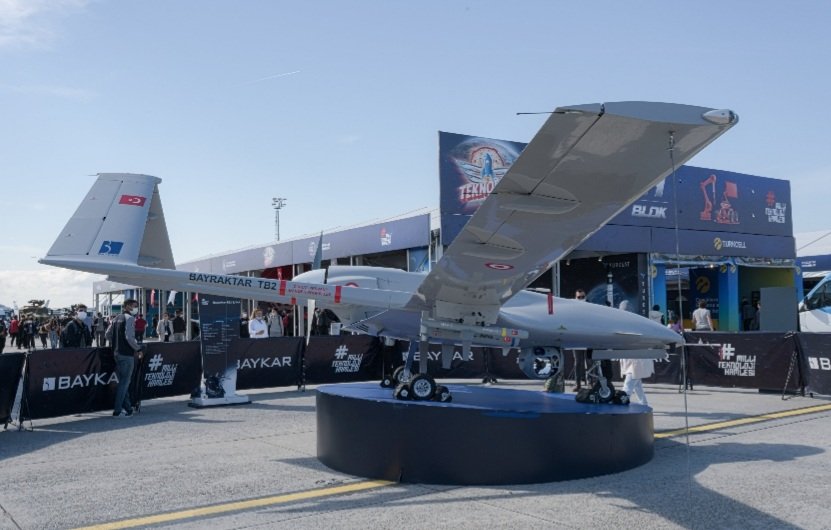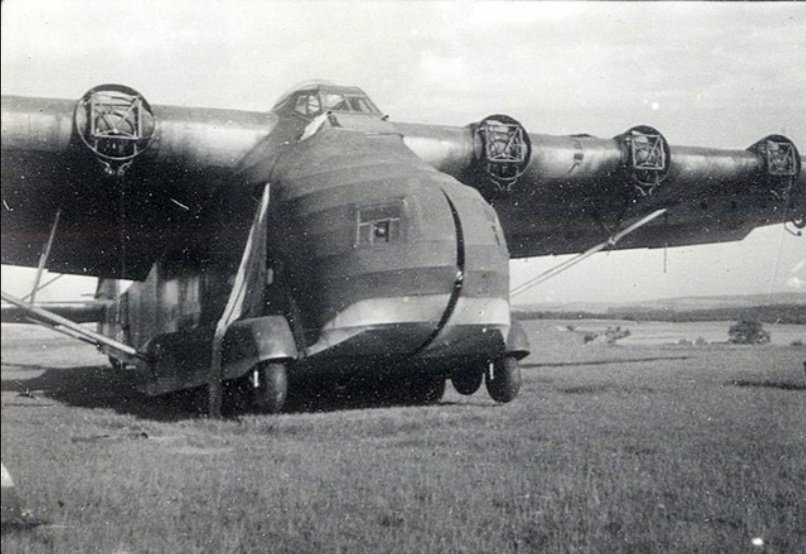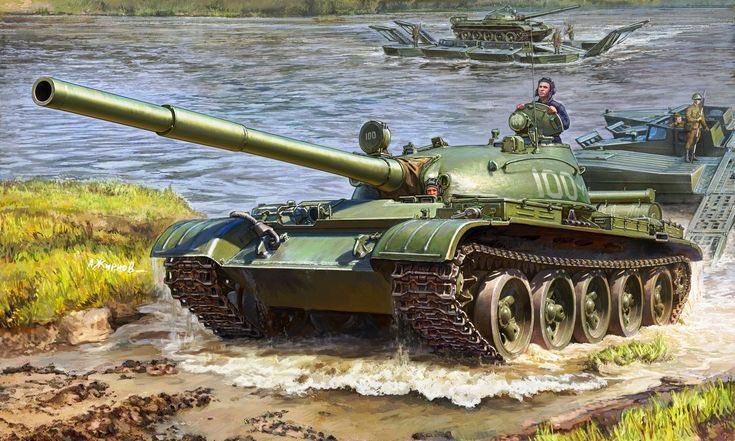
- The Rolling Tigers (Korea, 1950-1953) 🧵-
We already saw how the U.S. used Vietnamese superstitions and ghost stories to try to have the upper hand during the Vietnam war (1/6) #svagaiature #Korea #KoreanWar #History #Historian #UnitedStates #USA #War
We already saw how the U.S. used Vietnamese superstitions and ghost stories to try to have the upper hand during the Vietnam war (1/6) #svagaiature #Korea #KoreanWar #History #Historian #UnitedStates #USA #War

But that wasn’t the first time the U.S. resorted to psychological warfare and scare tactics. During the Korean War the American discovered how 1950 was the year of the Tiger in the Chinese calendar (2/6)
For these reasons American tank crews were ordered tiger faces and claws on their tanks in an effort to spread panic between the enemy lines, hoping that those superstitious among the Chinese in the Korean lines would run rather than shoot a tiger (3/6) 

Of course we don’t have any data about the effectiveness of this tactic. But there’s a fun part to this story. Due to the timing of the decision and burocracy, the order became effective in 1951 which wasn’t anymore the year of the tiger but the year of the rabbit (4/6) 

As yo can imagine (and unfortunately for us) nobody tried to apply the same tactic to the new year’s animal and crews kept drawing tigers (5/6)
If you want to know about more psychological warfare tactics applied by the U.S.: (6/6)
https://twitter.com/annalesbelli/status/1539518707797565441
• • •
Missing some Tweet in this thread? You can try to
force a refresh


















